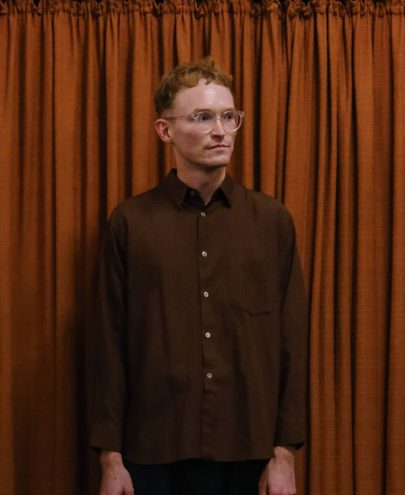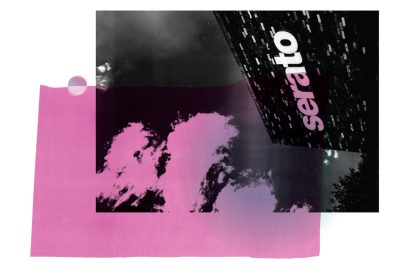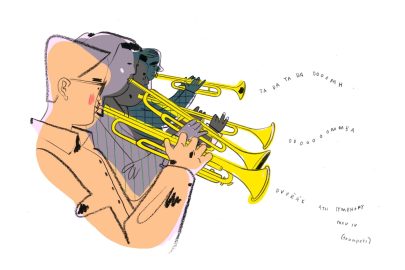Mar 23, 2015 Music
Conducted by Echehard Stier
Auckland Philharmonia Orchestra, Voices New Zealand Chamber Choir, New Zealand Youth Choir
Great Hall, Auckland Town Hall
March 21, 2015
Another smart bit of festival programming: the APO created an emotional context for their performance of Michael Tippet’s great pacifist oratorio A Child of Our Time with two rarely-played twentieth century gems. I would have been grateful for the chance to hear Pärt’s Silouan’s Song and Messiaen’s Hymne au Saint-Sacrement in any case, but the consonance of mood was striking throughout the concert. The Messiaen’s final surge to an exultant finish notwithstanding, these are two sober, sombre pieces of music.
They’re also quite quiet, which meant that the loud bass thudding leaking in from the Festival Garden in Aotea Square during the Messiaen was able to achieve a hefty impact. Maybe the festival’s right hand should have had a word with its left at some point. Another procedural grumble: the first half of this concert totalled maybe twenty minutes. Did we really need an interval? Remember the bad old days when every film you saw was arbitrarily cut in half so the theatre could sell you over-priced ice creams? That was what this felt like. This is a way of saying that the Pärt and the Messiaen left me very ready for the Tippet.
Tippet, famously, sat down to write the first notes of A Child of Our Time the day Britain declared war on Nazi Germany. I like to imagine this is literally true – that the decaying chord which opens the piece, arresting your attention with a forceful brass blast and then falling away into angry mumbles lost in a rising tide of grieving strings, was what he wrote on that first day of war. It’s very easy to hear it as a commentary on the appalling futility of violence. The opening phrase recurs, muted and distorted, after a brief silence. (This is an oratorio after Bach’s model, meaning it’s divided into many parts, and Tippet makes powerful use of pauses throughout, so that the breaks between movements quickly start to feel like organic parts of the music.)
The APO played beautifully and strongly throughout this concert, with clean articulation that allowed the complex textures of all three pieces to fall cleanly on the ear, not muddled and smudged as they very easily could have been. So it’s unfair to say that it was mostly the Tippet’s massed choirs that gave the evening its sublime moments; but that’s oratorios for you. As that second echo of the opening phrase is dying away, the choirs phase in, low and soft, with the main melodic line rising and layers of harmony progressively feathering into the texture. It’s a spine-tingling effect even before you register what they’re singing about. Tippet’s libretto tells the story of Herschel Grynszpan, the “child of our time”, the young Jewish refugee whose assassination of a German official was used as the pretext for the 1938 Kristallnacht pogrom.
I was not entirely in love with the four soloists, a couple of whom seemed to strain to project their voices strongly, and all of whom used a full operatic style – very heavy vibrato – where a purer sound would have suited the music better. But they all had their moments, especially soprano Indra Thomas. Tippet uses Five Negro Spirituals for the massed choir chorales, and the sinewy harmonies and sudden surges he works into these are an astonishing gift to good singers. His heart-breakingly beautiful arrangement of “Go Down Moses”, in particular, had me nailed to my chair last night: a potent blend of orchestral and choral sound.





